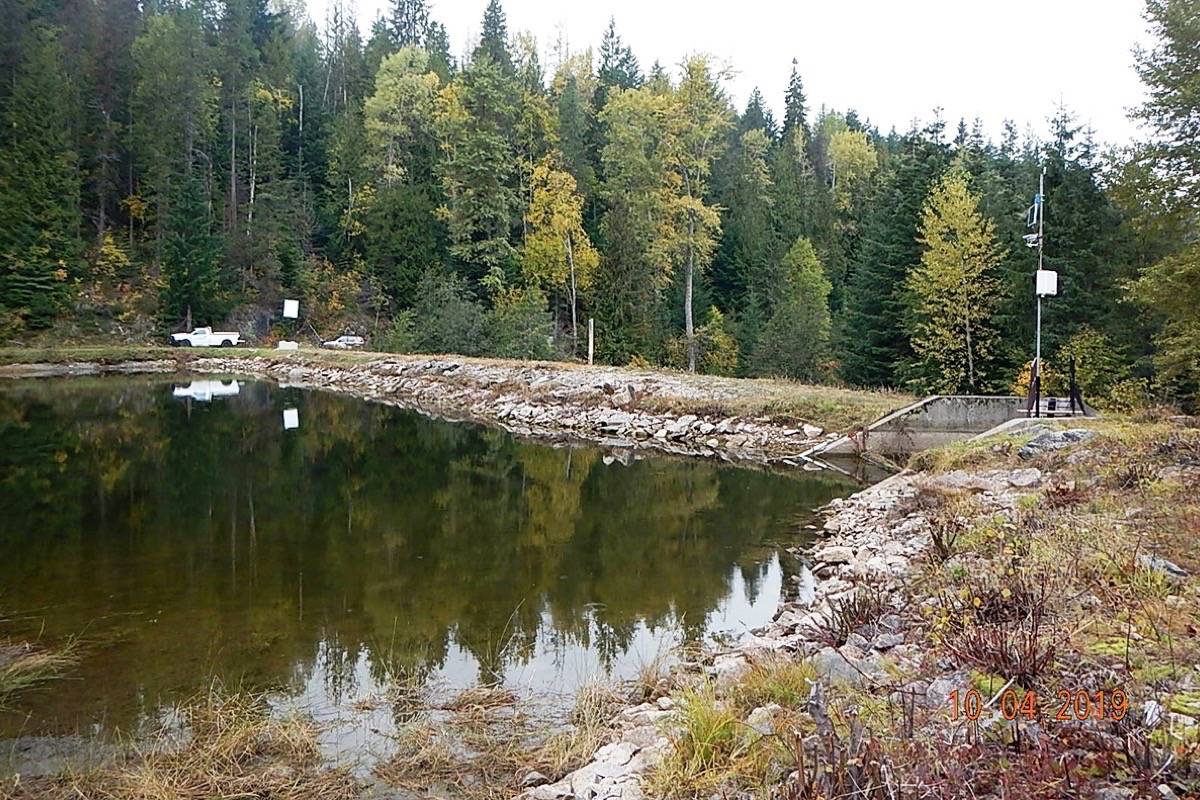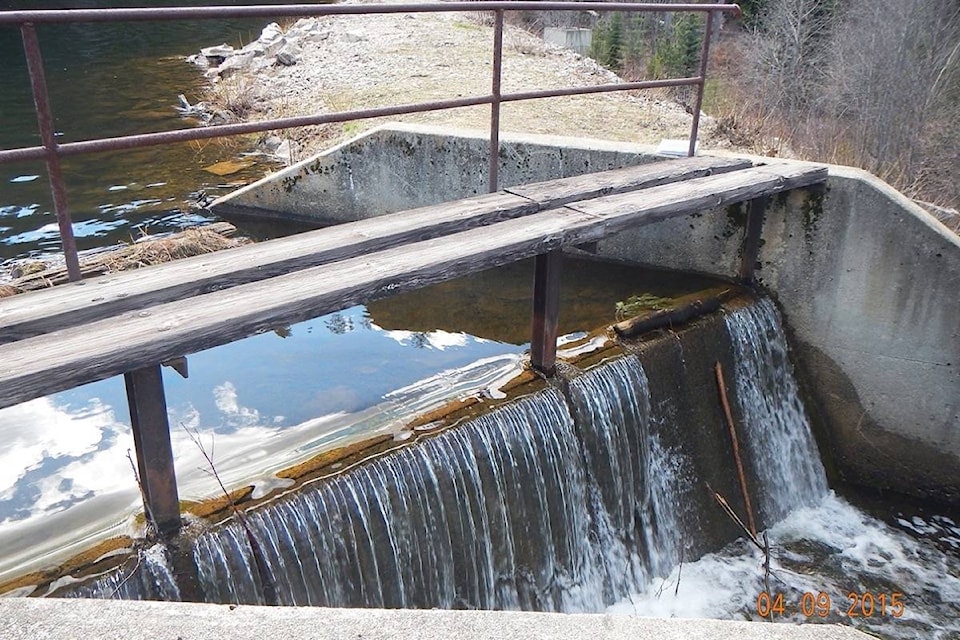The City of Trail has taken first steps to retire an old network of dams that has gone unused for 25 years.
Previous: No plans to decommission Violin Lake Dam
The city doesn’t need the storage from Violin Lake and the Cambridge Reservoir, and has long maintained that the cost of continued operation and maintenance of the levees far outweigh the benefits.
The municipality is not going it alone, however, as this is a broad-scoped undertaking that will take time and will involve public feedback, notification and funding support.
That’s why Trail council has stamped its approval on a shared contribution agreement with the British Columbia Wildlife Federation (BCWF) for what is being called the Cambridge Creek and Violin Lake Decommissioning Project.
As part of first steps, at the cost of $140,000, the city has endorsed the Rossland Streamkeepers to produce a 3D model and letter of support that can be used for public engagement and grant applications.
The city’s John Howes says the Rossland Streamkeepers have experience in fabricating accurate 3D watershed models, mentioning the group has worked with Selkirk College and Midas Fab Lab in the fabrication of a 3D model of the Trail Creek Watershed.
Previous: City of Trail considers getting rid of old dam
Previous: Trail man awarded $3M after Violin Lake crash
“This model has been successfully used in Streamkeeper outreach for public and school sessions to promote awareness of our local water resources,” Howes said.
As far as the wildlife federation being part of the project from the onset, Howes says the BCWF Wetlands Program is dedicated to assisting communities with the restoration of wetlands for improving habitat for wildlife and fish.
“The BCWF has developed highly effective techniques for restoring wetlands, streams, and floodplains that involve the removal of dams,” Howes explained. “And the BCWF also organizes and instructs a variety of training courses across British Columbia where individuals may learn of the many values of wetlands, and how they may be restored to improve habitat for wildlife and fish.”
This project gained traction in 2019 in response to the Dam Safety Officer changing the consequence classification of Cambridge Creek Dam from “High” to “Very High.” The regulatory requirements of the new classification have greatly increased the cost of compliance with Dam Safety Regulation.
Later in the year, representatives of the city, the BCWF and the Rossland Streamkeepers performed a comprehensive field review to understand the current dam system and the extent of the fish and wildlife habitat.
“Once on site, the potential benefits of the dam decommissioning project became obvious,” Howes, the city’s engineering technician, reported to council. “After the stakeholder goals and objectives were defined, a preliminary cooperative agreement was drafted,” he explained.
“This includes a project ‘Action Plan’ and cost estimate for the decommissioning of the dams.”
The undertaking is comprised of two distinct phases.
The first stage is technical, and will focus on decommissioning the infrastructure, including potential adverse effects.
Phase Two, tentatively planned for 2021, will layout the actual implementation plan to decommission the dam, and will involve a detailed budget as well as the final design and receipt of approvals for the project.
“The approach being recommended by staff provides an economic way of proceeding with a complex matter,” Chief Administrative Officer David Perehudoff said. “This cost compares favourably to a quote that was obtained in 2014 for similar work that exceeded $300,000 and further supports the recommendation now being advanced.”
The City of Trail owns the upland water storage and supply system, which includes Cambridge Reservoir and Violin Lake and their respective dams.
Also included in this system are: a siphon from Violin Lake to Cambridge Reservoir; and a water intake structure on Cambridge Creek.
This upland system was used as a water source for Trail’s municipal water system until 1994.
newsroom@trailtimes.ca
Like us on Facebook and follow us on Twitter

